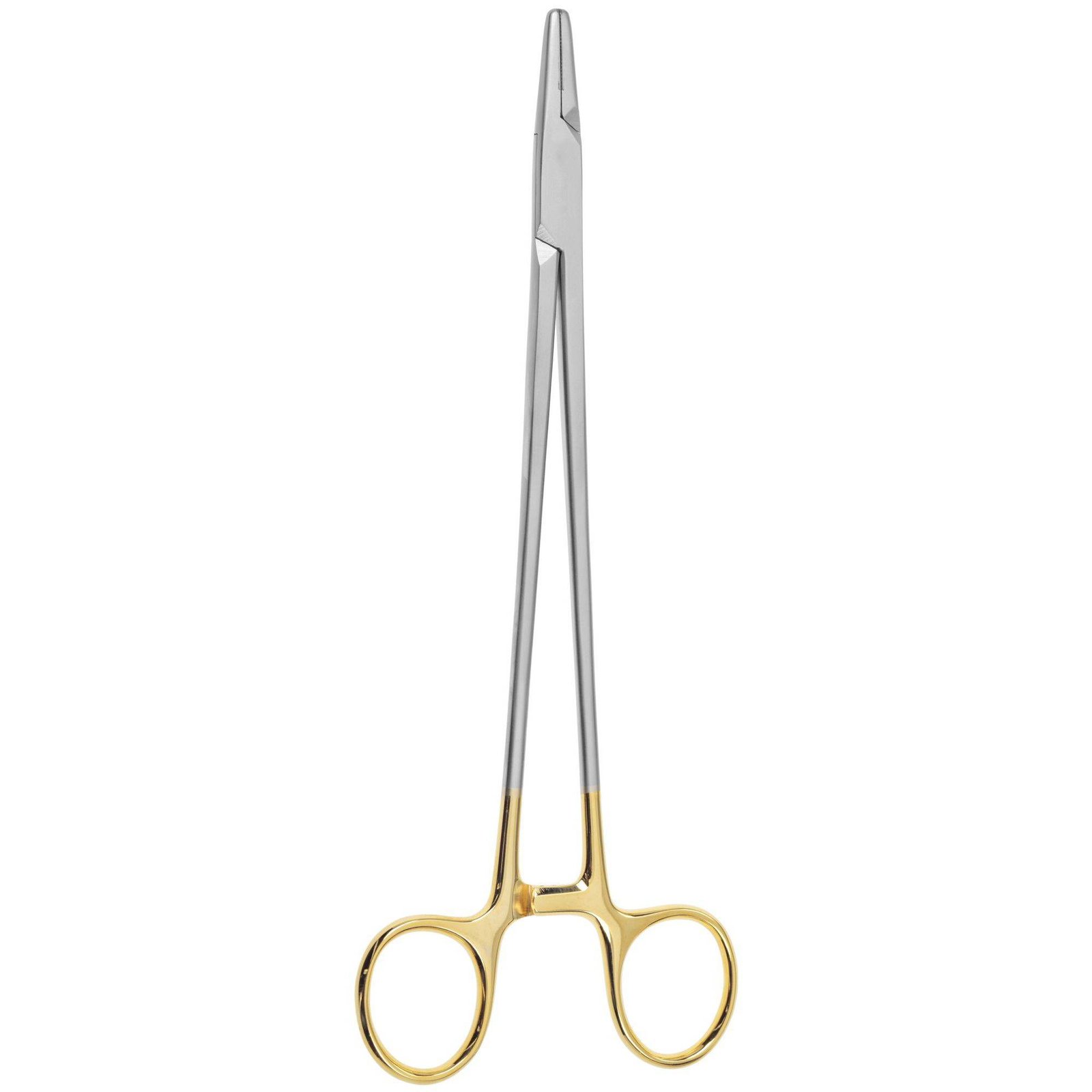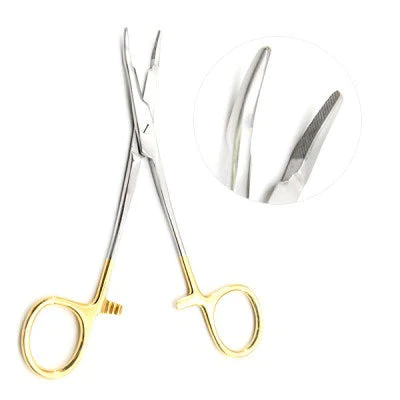Understanding Rongeurs: Design, History, and Their Role in Cutting Cortical Bone

Rongeurs are essential instruments in orthopedic and neurosurgical procedures, particularly valued for their precision in cutting cortical bone. Their variations in handle design, tip geometry, and spring mechanisms play a crucial role in both surgical effectiveness and ergonomic performance. In this article, we’ll explore the history of rongeurs, compare straight vs angled designs, explain the types of spring handles, and review their applications in procedures involving cortical bone.
1. History of Rongeurs in Surgical Practice
Topic: Origins and Development of Rongeurs
Ideations:
- Trace the origin of rongeurs in early surgical toolkits.
- Highlight their introduction into neurosurgery and orthopedic disciplines.
- Mention key historical manufacturers and innovations.
Entities to Use:
- Medical instruments
- Surgical tool evolution
- Neurosurgery
- Orthopedics
- Instrument manufacturing
Microsemantic Entities:
- Bone forceps
- Surgical pioneers
- Tool sterilization
- 19th-century surgery
- Evolution of surgical tools
Keyword Variants:
- History of rongeurs
- Rongeur origin
- Surgical instrument history
- Evolution of bone cutters
- Historical orthopedic tools
2. Design Types: Straight vs Angled Rongeurs
Topic: Structural Differences and Surgical Utility
Ideations:
- Define structural distinctions between straight and angled rongeurs.
- Outline when each type is preferred.
- Discuss access and visibility considerations in confined surgical fields.
Entities to Use:
- Angled rongeur
- Straight rongeur
- Surgical access
- Precision instruments
- Bone removal tools
Microsemantic Entities:
- Tip geometry
- Operating field visibility
- Surgical angles
- Instrument reach
- Ergonomic adaptation
Keyword Variants:
- Angled vs straight rongeurs
- Surgical rongeur types
- Rongeur shape comparison
- Best rongeur design
- Straight handle bone cutter
3. Spring Handle Mechanisms in Rongeurs
Topic: Single vs Double Spring Handle Systems
Ideations:
- Differentiate between single spring and double spring rongeurs.
- Explain mechanical load transfer and fatigue reduction.
- Relate spring mechanisms to surgeon comfort and control.
Entities to Use:
- Single spring handle
- Double spring handle
- Mechanical feedback
- Surgical ergonomics
- Instrument design
Microsemantic Entities:
- Compression springs
- Rebound action
- Hand strain
- Mechanical resistance
- Grip control
Keyword Variants:
- Spring handle rongeurs
- Single vs double spring
- Ergonomic bone cutters
- Surgical spring tools
- Handle tension rongeur
4. Applications in Cutting Cortical Bone
Topic: Surgical Scenarios Requiring Rongeurs
Ideations:
- Highlight cortical bone vs cancellous bone and why rongeurs suit cortical bone.
- Describe orthopedic, spinal, and craniotomy procedures.
- Emphasize the importance of sharpness, pressure control, and material strength.
Entities to Use:
- Cortical bone
- Bone cutting tools
- Spine surgery
- Craniotomy
- Orthopedic interventions
Microsemantic Entities:
- Bone density
- Jaw force
- Instrument rigidity
- Cut precision
- Decortication
Keyword Variants:
- Cutting cortical bone
- Rongeur in orthopedic surgery
- Bone cutting applications
- Rongeur use in craniotomy
- Cortical bone removal tool
5. Material Composition and Durability
Topic: Surgical-Grade Steel and Wear Resistance
Ideations:
- Discuss the types of stainless steel or titanium used.
- Emphasize corrosion resistance and edge retention.
- Describe cleaning/sterilization needs to prolong the lifespan.
Entities to Use:
- Stainless steel
- Titanium alloy
- Corrosion resistance
- Autoclavable instruments
- Surgical-grade materials
Microsemantic Entities:
- Hardened tips
- Reusable steel
- Sterilization cycles
- Metal fatigue
- Cutting edge retention
Keyword Variants:
- Durable rongeurs
- Stainless steel surgical tools
- High-grade bone cutters
- Rongeur material types
- Surgical steel instruments
6. Choosing the Right Rongeur
Topic: Factors to Consider for Selection
Ideations:
- Tailor rongeur selection based on procedure type and anatomical region.
- Consider handle type, tip style, and spring tension.
- Provide a checklist for surgical buyers.
Entities to Use:
- Surgical procurement
- Instrument choice
- Operating room preferences
- Specialty surgeons
- Instrument ergonomics
Microsemantic Entities:
- Force feedback
- Cut width
- Surgical workflow
- Grip alignment
- Specialty-specific tools
Keyword Variants:
- Best rongeur for surgeons
- How to choose rongeurs
- Rongeur selection guide
- Buying surgical bone cutters
- Rongeur comparison
7. Innovations and Future Trends
Topic: Advancements in Rongeur Technology
Ideations:
- Touch on 3D-printed instruments and hybrid composites.
- Mention AI-assisted design for improved ergonomics.
- Look at the future of modular rongeur systems.
Entities to Use:
- Surgical innovation
- AI in instruments
- 3D-printed tools
- Composite handles
- Advanced ergonomics
Microsemantic Entities:
- CAD modeling
- Modular design
- Smart instruments
- Non-metal handles
- Next-gen surgical tools
Keyword Variants:
- Future of rongeurs
- High-tech surgical tools
- AI-designed instruments
- Rongeur innovation
- Next-generation bone cutters
Final Thoughts
Rongeurs, though often overlooked in discussions of surgical tools, represent a perfect balance of ergonomic design and mechanical strength. Understanding their history, various design options, spring handle mechanisms, and precise application in cutting cortical bone helps medical professionals make informed decisions in the operating room. As the field of surgical tools evolves, rongeurs are set to become even more efficient and adaptive to the changing needs of surgical practice.





